
Saharan dust explains Bahamas’ paradoxical existence
Science News, July 2014The Bahamas owes its origins to windswept dust from Africa’s Sahara Desert, scientists propose June 30 in Geology.

The Bahamas owes its origins to windswept dust from Africa’s Sahara Desert, scientists propose June 30 in Geology.
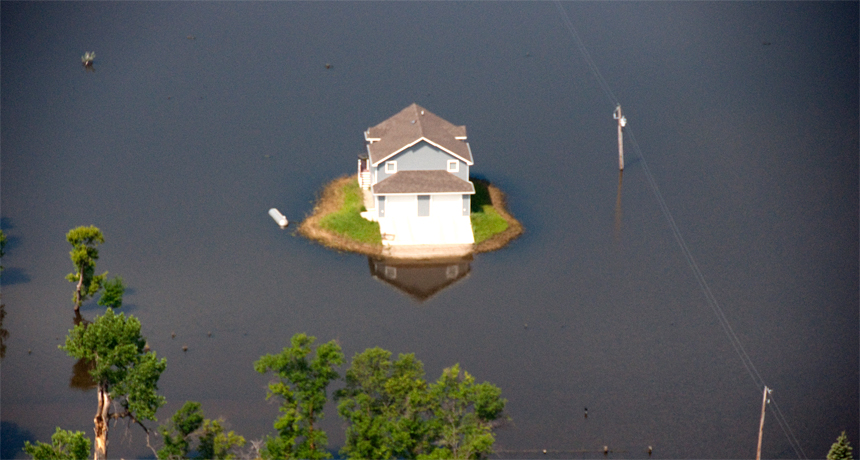
Small gravitational tugs from waterlogged river basins could give scientists a big advantage in predicting devastating floods, researchers report July 6 in Nature Geoscience.
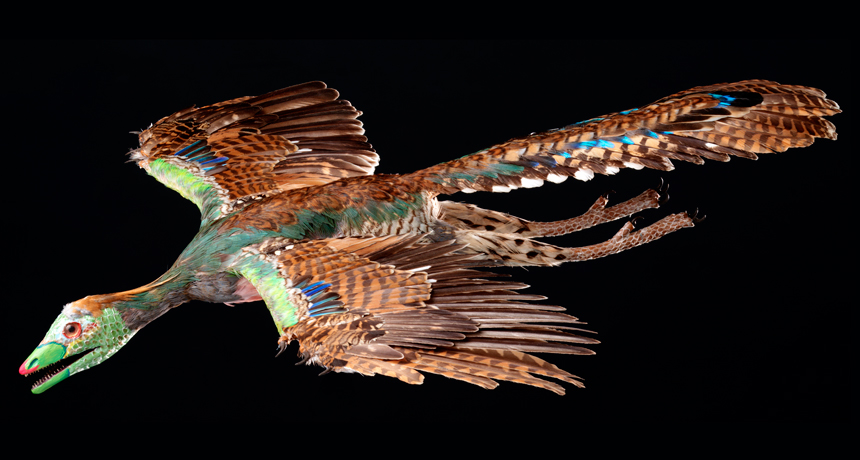
A fully feathered fossil of the dinosaur-like bird Archaeopteryx is ruffling scientists’ understanding of what drove early feather evolution, scientists report July 2 in Nature.
Adapted for Science News for Students.
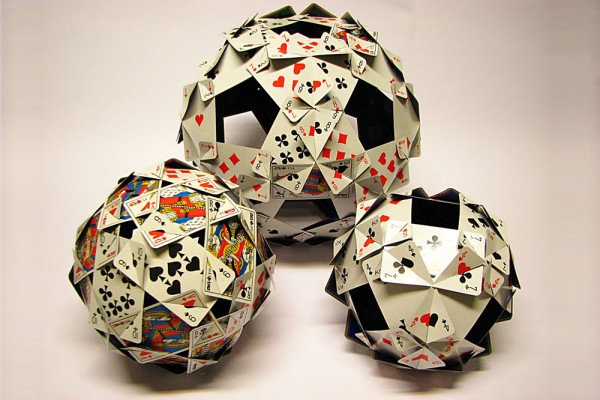
A little quantum mechanics could provide an edge in the classic card game bridge, a team of physicists claims. Bridge is played by four people in teams of two, and the goal of the game is in part to deduce which cards your partner and your opponents hold. Players do this during bridge’s pivotal bidding phase, by making terse bids such as “three hearts.”

Trial transcripts from London’s oldest court, the Old Bailey, chronicle 239 years of criminal history ranging from scandalous murders to sheep theft. A research team wondered if these documents reflect Western society’s “civilizing process,” a centuries-long period when violence levels plummeted and the modern justice system took shape.
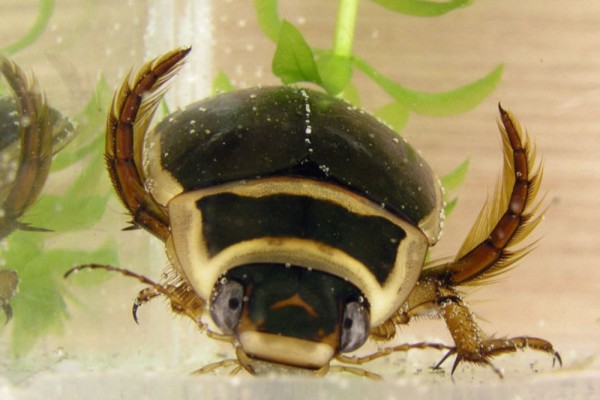
Male diving beetles need fancy footwork to catch a mate. Females in the aquatic beetle family Dytiscidae thrash around to dislodge pursuing suitors, requiring males to use adhesive hairlike structures on their feet to mount them. Scientists believe this chaotic copulation sparked an evolutionary arms race where some male diving beetles evolved circular suckers on their feet in place of the grooved spatula-shaped structures more commonly found on other beetles.
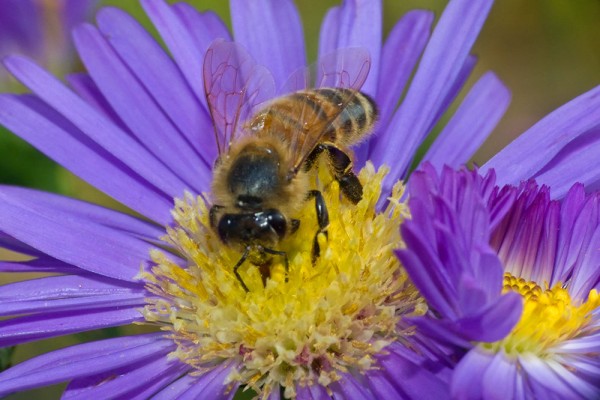
A new pesticide could be the bee’s knees. Honey bees (Apis mellifera, pictured) pollinate 90% of all U.S. flowering crops, but in recent years their numbers have drastically dwindled. Accumulating evidence implicates several commonly used insecticides in honey bee deaths, sparking a growing demand for bee-safe alternatives.
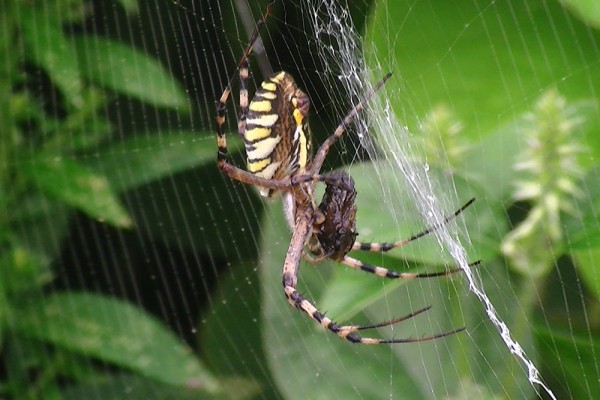
Despite their bulging eyes, spiders rely almost exclusively on web vibrations to sense the world around them. By feel alone, they can determine the type of prey tangled in their webs and assess a prospective mate’s intentions. With sound such an integral spidey sense, researchers wondered if spiders evolved to spin silks that optimally transmit informative vibrations.
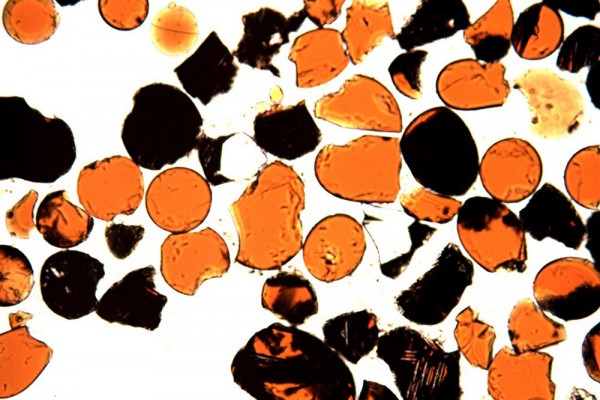
When the Apollo 11 astronauts took humanity’s first otherworldly steps into the Sea of Tranquility, they traversed oceans of dry, powderlike rock, not water. The moon’s interior was thought to be bone dry until 2007, when water molecules were first discovered in lunar rocks.
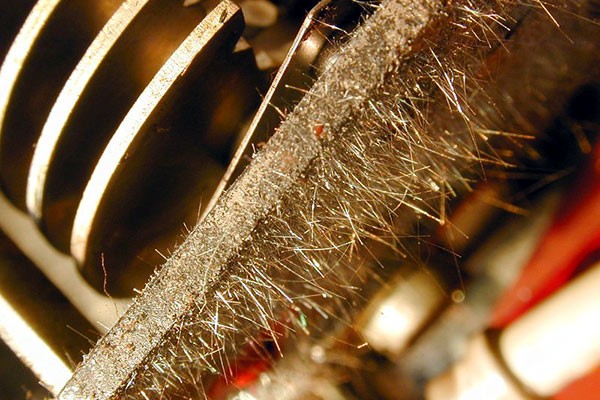
A whisker can be a wicked thing. In 2005, a Connecticut nuclear power plant shut down after a short-circuited pressure sensor triggered a false alarm. The culprit was a solitary metal whisker thinner than a human hair that sprouted inside the sensor’s electronics. Metal whiskers, such as those pictured above, have incapacitated four satellites and short-circuited more than $10 billion in electronics since their discovery in the 1940s, yet until now the mechanism behind whisker formation remained a mystery.